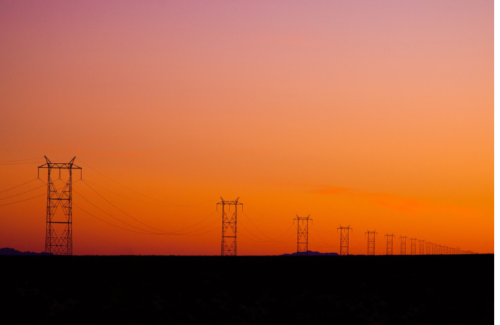 Inverters are now required to be ‘smart’ and perform certain grid assistance roles thanks to the updated IEEE code. But what’s the status of the smart grid in general?
Inverters are now required to be ‘smart’ and perform certain grid assistance roles thanks to the updated IEEE code. But what’s the status of the smart grid in general?
The concept and capabilities of the smart grid are still evolving, but aspects of it are already all around us.
“We’re starting to see more interactive appliances and apps and remote control capabilities that can be integrated into buildings and homes and industrial operations, all of which are effectively the manifestation of the smart grid concept,” said Sara Baldwin, VP of regulatory at the Interstate Renewable Energy Council (IREC).
Tom Tansy, chairman of the SunSpec Alliance, compares the smart grid evolution to human IQ. It’s hard to say the grid went from being dumb to being smart, because that’s always relative to the current time and technology.
“If you look at human intelligence, somebody that was considered to be a genius in 1900 probably is a moron today because of the amount of knowledge that we have in the world,” Tansy said. “Grid intelligence is measured in sort of the same way, because you have performance standards of the day.”
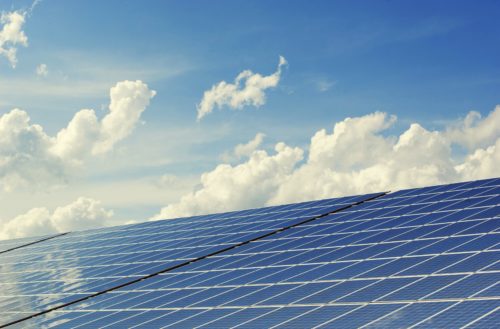 The key difference between the grid of the past and the grid of the future is the same difference found in smart versus old inverters — the capability of two-way communication between the grid and electric customers. This communication allows the grid and customers to work together to respond to electric demand digitally.
The key difference between the grid of the past and the grid of the future is the same difference found in smart versus old inverters — the capability of two-way communication between the grid and electric customers. This communication allows the grid and customers to work together to respond to electric demand digitally.
“The grid was originally designed for one-way flow, a Central Station out to the customers,” said Mark Matsuura, senior smart grid program manager at the Hawaii Natural Energy Institute. “So that paradigm is flipping on its head.”
On the original electric grid, energy is produced in a central plant and dispatched over wires to the load. The increase of distributed energy like solar feeding into the grid is requiring an upgrade to that system.
“I would say the real tipping point where we have the next big breakthrough in terms of grid intelligence will be when the grid becomes indifferent to whether there’s a large single power source supplying lots of loads or many distributed power sources distributing many distributed loads,” Tansy said.
Solar PV made up just 1.2% of total U.S. electricity generation in 2017, according to the U.S. Energy Information Administration. The transition to a smart grid, along with continued innovation in solar PV, will allow that number to grow exponentially.
“Despite the growth of the solar industry, it’s still safe to say that the majority of the grid is one-way in terms of power flow,” Tansy said.
Investor-owned utilities will need to convince their investors that smart grid upgrades make economic sense in order to take steps toward modernization.
Consumer responsibility
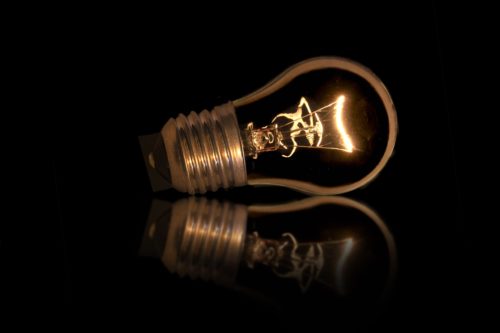 Until recently, the smart grid transition was spearheaded solely by utilities looking to add more communications, sensing and control to the grid for their benefit, Matsuura said. With the advent of smart inverters and their IEEE requirements, the responsibility to move toward a smart grid extends to energy consumers — and so do the benefits.
Until recently, the smart grid transition was spearheaded solely by utilities looking to add more communications, sensing and control to the grid for their benefit, Matsuura said. With the advent of smart inverters and their IEEE requirements, the responsibility to move toward a smart grid extends to energy consumers — and so do the benefits.
“We’re all in the same boat, and to get where we want to go, we all need to contribute,” Matsuura said.
He sees the smart grid as less of an objective and more of an evolution of the grid, equipment, communication and software systems to make it all work. The phrase ‘grid modernization’ may be a more accurate description of this technological transformation. Matsuura’s home state of Hawaii is a pioneer in grid modernization, along with California, because modernizing was in utilities’ best interests due to high amounts of DERs feeding into the grid.
On the DER and solar side, the hub of grid modernization is the smart inverter. These advanced electronics help keep the grid stable instead of just feeding power into it. Smart inverters have many grid assistance capabilities, including the ability to ride through small grid disturbances instead of automatically shutting down, which helps to prevent harmful voltage fluctuations on the grid.
But smart inverters are just one aspect of the holistic smart grid system. Other pieces that help with energy efficiency, like smart meters, smart thermostats, smart water heaters and more, can help conserve energy and save consumers money. Typically, utilities feed homes too much voltage instead of too little, so consumers can be assured their appliances will work and lights won’t flicker. With smart meters and smart inverters, energy-use information from an individual home or group of nearby homes on the same power line can be transmitted to the grid to instantly let operators know if the locations need more or less voltage. This strategy is called conservation voltage reduction.
“You can do that through modeling, but modeling is never actual reality. Your models always have some level of error in it,” Matsuura said.
 Smart meters are also helpful in case of blackouts. They can immediately notify the utility which homes are down, instead of homeowners having to call in during a blackout. With the help of smart meter data, the utility’s computers can diagnose the outage and even find which fuse or breaker popped.
Smart meters are also helpful in case of blackouts. They can immediately notify the utility which homes are down, instead of homeowners having to call in during a blackout. With the help of smart meter data, the utility’s computers can diagnose the outage and even find which fuse or breaker popped.
“That makes the recovery quicker. It saves time on truck rolls and labor to go diagnose things,” Matsuura said. “There’s automatic fault location and restoration, automatic switching so they can diagnose not only where the fault is, but then they can also automatically switch circuits to try to pick up the most customers on backup lines.”
A smart meter connected to a smart grid can then reduce the number of customers that experience an outage.
Smart meters performing conservation voltage reduction can save consumers and utilities money and energy. Smart thermostats and smart water heaters also help to cut costs and energy consumption by communicating with the grid.
“It’s not just monitoring the temperature in your home, but getting some signals from the utility saying what prices are, and then adjusting accordingly,” Matsuura said.
There’s a caveat though — utilities must be advanced enough to work with these cutting-edge technologies. Matsuura said his hot water heater has grid communication capabilities, but his utility doesn’t have a program set up to work with it yet.
He said the communications piece is the hardest part of the smart grid to figure out — making sure the advanced communications on the horizon are developed in a secure way for both the consumer and utility. He said cybersecurity is a constant battle in the smart grid transition.
Though there are still some key details to determine and utility ROI to calculate, there’s no denying the smart grid revolution is starting, even on the mainland. Illinois utility Ameren recently released a plan for the largest infrastructure upgrade in its history to transition the state to a smart grid. If the Midwest, which already has relatively affordable energy, can take these steps, maybe the rest of the country can too.

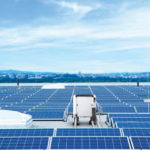



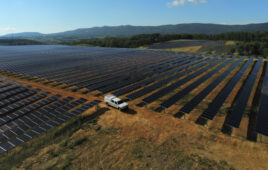
As a complement to this timely piece, in January, IREC released Making the Grid Smarter: State Primer on Adopting the New IEEE Standard 1547™-2018 for Distributed Energy Resources to help states, regulators and other stakeholders adopt the new Standard. Making the Grid Smarter explains the major revisions in IEEE Standard 1547™-2018 and key issues for states to consider when implementing. Here’s a link to download the primer https://bit.ly/2X25q0e Thanks for the highlighting this issue, Kelsey.